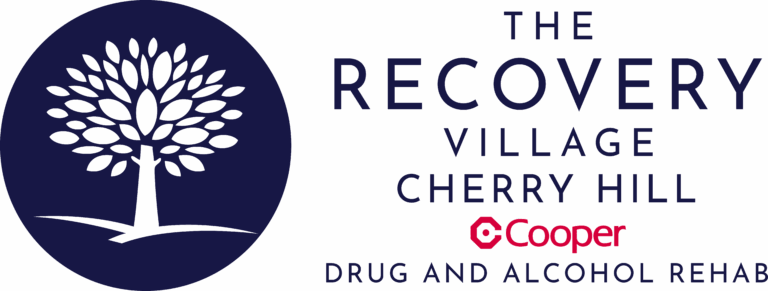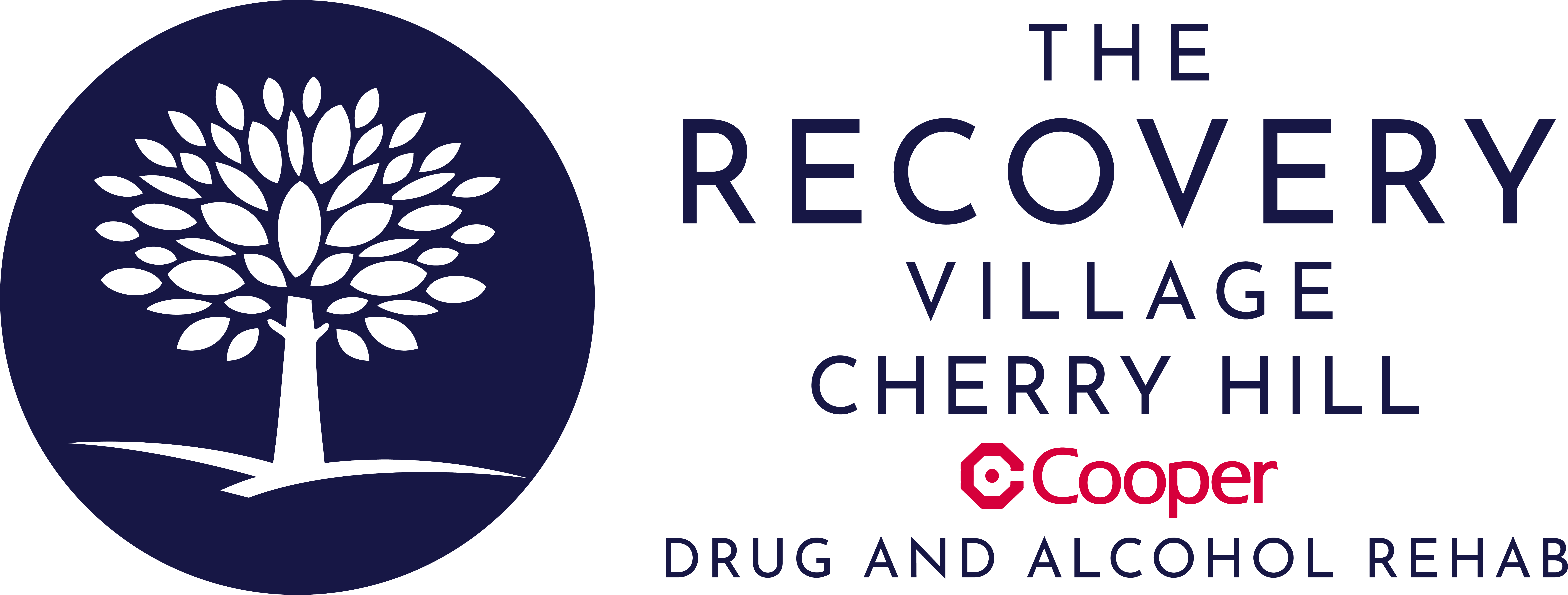Stimulant use, abuse and addiction in the US has risen in recent years. According to the National Institute on Drug Abuse, 16 million adults use prescription stimulants, and five million of them reported having misused stimulants at least once. 0.4 million adults meet criteria for stimulant use disorder, which is characterized by an inability to reduce or stop using the drug.
The majority of people who misuse prescription stimulants cite cognitive enhancement as their primary reason. However, many stimulants are powerfully addictive and are associated with substantial downsides, including dangerous short and long-term health consequences.
What is a Stimulant Drug?
Stimulants are a large class of psychoactive drugs that includes over-the-counter drugs (caffeine), prescription drugs (Adderall, Ritalin) and illegal drugs (cocaine, methamphetamine). Although each type of stimulant has some unique characteristics, all stimulants are known for their ability to increase energy levels, reduce appetite and promote alertness. Stimulants are also notoriously habit-forming, and legal stimulants are no exception. Many people know someone who needs their morning coffee in order to function properly; this is a consequence of physical dependence. Another legal stimulant is nicotine, which is associated with a temporary increase in focus and memory performance but is a powerfully addictive drug that has serious adverse health effects.
Recovery Can Be Life Changing
Whether you or a loved one is struggling with addiction, our expert team is here to guide you every step of the way. Don’t wait— reach out today to take the first step toward taking control of your life.
“My life has became something that I’m proud of and something I can be grateful for.“
– Joseph McDermott, The Recovery Village Cherry Hill Alumni
Stimulants are legally prescribed for a number of reasons, including sleeping disorders and attention-deficit/hyperactivity disorder (ADHD). Prescription stimulants are associated with a high risk for abuse and dependence. Many students misuse prescription “study drugs” like Adderall and Ritalin to improve academic performance but recent studies have demonstrated that stimulant misuse in people without ADHD actually reduces overall academic performance and increases the risk for development of substance use disorders in the future.
Illegal stimulants include cocaine and methamphetamine, which are powerfully addictive and can be very difficult to quit. Most illegal stimulants are pharmacologically very similar to prescription stimulants, but illegal stimulants are faster acting and more potent, which underlies their increased risk for addiction.
Commonly Abused Stimulants
There are a number of commonly abused prescription and illegal stimulants:
- Amphetamines: Most commonly abused amphetamines are legally prescribed drugs like Adderall, Ritalin, Vyvanse, Concerta and Modafinil. These drugs are popularly known as “study drugs” and are associated with a high risk for dependence. Amphetamines are often combined with other drugs or alcohol to enhance the psychoactive effects.
- Cocaine: Cocaine is among the most popular, and most dangerous, of the illegal stimulants. Unlike other stimulants, cocaine is derived from a plant and it has a very rapid onset and an intense, short-lived high. Despite its natural origins, cocaine is among the most addictive drugs known to man, and cocaine addiction can have very negative health and social consequences.
- Crack: Crack is a form of cocaine that has been further processed so that it can be smoked. Compared to cocaine, crack is associated with a faster onset (seconds compared to minutes) and a very intense high that has a shorter duration(minutes compared to hours). These qualities make crack more addictive than cocaine.
- Methamphetamine: Meth, often known as crystal meth, is a synthetic stimulant that has a much longer duration of effect than cocaine. Meth is infamously associated with debilitating addiction and severe physical and psychological side effects, and high doses of meth can cause hallucinations, including “delusional parasitosis,” which is the sensation that bugs are crawling on or under the skin.
- MDMA (Ecstasy): MDMA is unique among commonly abused illegal stimulants in that it is generally not associated with dependence or addiction. MDMA refers to the synthetic drug 3,4-methylenedioxymethamphetamine, which is distinct from the popular club drug ecstasy, which is typically a grab-bag of dangerous drugs, including methamphetamine, heroin and “bath salts.” Several studies have tested ecstasy pills in club environments and have found that ecstasy is nearly always significantly adulterated and, in many cases, has absolutely no MDMA at all. This poses a problem for people seeking treatment from ecstasy use, since the actual drug(s) they have been taking are frequently unknown. MDMA recently received “Breakthrough Therapy Designation” from the FDA as a promising therapeutic treatment for post-traumatic stress disorder, and it is currently in phase 3 clinical trials.
- Bath Salts: Synthetic cathinones, commonly known as “bath salts,” are very dangerous synthetic stimulants that have proven to be challenging for medical professionals and law enforcement because the chemical structure is easy to manipulate in a lab. High doses and repeated use are associated with severe agitation, delirium/hallucinations, violent or erratic behavior and potentially life-threatening physiological consequences including hyperthermia (elevated body temperature), seizures and liver or kidney failure.
Signs & Symptoms
Stimulant abuse is associated with characteristic signs and symptoms. Signs of stimulant abuse can be observed by other people, while symptoms are subjectively experienced by the person who uses the drugs.
Common signs and symptoms of stimulant abuse include:
- Preoccupation with getting and using stimulants
- Abnormally high energy levels
- Increased talkativeness/sociability
- Heightened focus
- Erratic behavior
- Mood swings
- Anxiety
- Paranoia
- Alternating insomnia and fatigue
- Appetite/weight loss
- Unusual irresponsibility
- Loss of interest in hobbies
Withdrawal & Detox Process
Within 12-24 hours after the last dose, someone who has become dependent on or addicted to a stimulant will begin to experience very uncomfortable withdrawal symptoms. Withdrawal symptom severity is correlated with the degree of dependence/addiction.
Common withdrawal symptoms include:
- Anxiety
- Irritability
- Restlessness
- Fatigue
- Cravings
- Depression
A stimulant withdrawal timeline that applies to all cases is difficult to provide, but in many cases the detox and acute withdrawal process lasts for up to one week, with subacute symptoms persisting for another two weeks. In some cases, people may experience post-acute withdrawal syndrome (PAWS), which is characterized by withdrawal symptoms that persist for longer than expected. In some cases, PAWS may last for several months. It is important for people in recovery to have faith that PAWS symptoms will subside over time.
Treatment Options
In many cases, professional rehab is the most effective way to overcome a stimulant use disorder. Professional stimulant addiction treatment options include:
- Medical Detox: Medically supervised detoxification provides around-the-clock supervision by medical professionals who can intervene in the case of complications and, when appropriate, provide medications that ease withdrawal symptom severity
- Residential Rehab: The first weeks of recovery are frequently the most difficult. Residential (or inpatient) rehab programs allow clients to achieve early success in a safe, supportive environment that substantially reduces the risk of relapse
- Outpatient Rehab: Many people who have completed a residential program will transition into an outpatient program for ongoing support in recovery. For people with mild stimulant dependence, outpatient rehab may be an appropriate starting point for recovery. Outpatient programs vary from intensive programs to weekly therapy sessions
- Co-occurring Disorders: Mental health disorders are frequently overlooked as a component of substance use disorders, but many people turn to drugs to mask emotional distress. Ask whether the rehab program you are evaluating is equipped to evaluate their clients for co-occurring behavioral health disorders.
- Aftercare: In many cases, recovery is a lifelong pursuit that requires regular maintenance. Aftercare programs provide a way for people in recovery to participate in a range of ongoing recovery strategies, including therapy sessions, case management and educational opportunities. Many aftercare programs also provide an avenue for people in recovery to enjoy healthy, productive activities and events together.
Related Topic: Inpatient vs. Outpatient Rehab
FAQs
Answers to some common questions regarding stimulants include:
What do stimulants do?
Stimulants are known for their ability to promote wakefulness, alertness and concentration. However, high doses of stimulants can reduce the ability to focus while increasing risk for dependence and addiction, which are associated with negative health and social consequences.
What is a CNS stimulant?
A central nervous system (CNS) stimulant is a drug that enhances activity in the brain.
Are stimulants addictive?
Yes. The stimulant family of drugs is large and some stimulants are more addictive than others, but all stimulants are associated with a risk for abuse, dependence and addiction.
Can stimulants kill you?
Yes. In fact, deaths associated with stimulant use disorders are increasing. According to the CDC, cocaine-related deaths increased by 52.4% and deaths attributed to other stimulants increased by 33.3% between 2015 and 2016.










